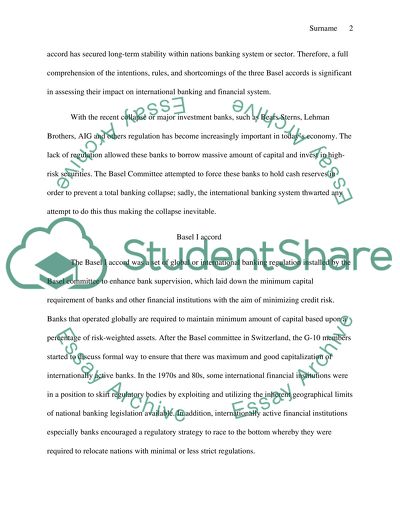Cite this document
(“Basel 1 2 and 3 Essay Example | Topics and Well Written Essays - 3000 words”, n.d.)
Retrieved from https://studentshare.org/miscellaneous/1585938-basel-1-2-and-3
Retrieved from https://studentshare.org/miscellaneous/1585938-basel-1-2-and-3
(Basel 1 2 and 3 Essay Example | Topics and Well Written Essays - 3000 Words)
https://studentshare.org/miscellaneous/1585938-basel-1-2-and-3.
https://studentshare.org/miscellaneous/1585938-basel-1-2-and-3.
“Basel 1 2 and 3 Essay Example | Topics and Well Written Essays - 3000 Words”, n.d. https://studentshare.org/miscellaneous/1585938-basel-1-2-and-3.


